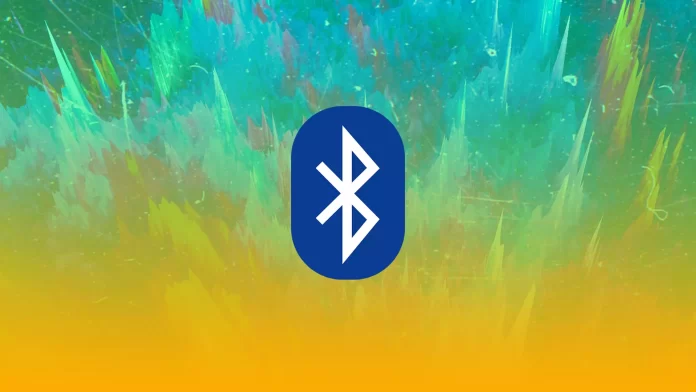Bluetooth is one of the most important interfaces that people use daily on their gadgets. More than a year ago, a new standard called Bluetooth 5.3 was released without much publicity. This is an extension of the Bluetooth 5.0 standard, which more or less once a year receives some improvements, leading to an intermediate version, not revolutionary enough to move to version 6 in this case.
By now, many flagships and sub-flagship SoCs from major smartphone chip manufacturers (Qualcomm, MediaTek, Samsung) have already received its support, and devices based on them have gone on sale. Let’s look at the features of Bluetooth 5.3 and why it is better than its previous versions.
Reduced energy consumption
The Bluetooth LE Audio feature is by no means new: it appeared in the previous version 5.2 two years ago. In 2021, only a new version of the corresponding protocol was released. Its main role is, on the one hand, to reduce power consumption when using wireless headsets and, on the other hand, to improve the quality of the transmitted audio stream by using the LC3 codec, which is seen as a replacement for the obsolete SBC.
Energy consumption can be saved in two ways.
- The first is improved channel selection algorithms, which allow for more fine-tuning of the bandwidth required for a particular task. In addition, the delay is also reduced, which is most beneficial for sound quality.
- The second is the so-called AdvDataInfo (ADI) periodic notification field. Transmission over the interface is performed by duplicate packets for reliability.
The information contained in the added field allows the receiver device to detect duplicates and not process them, wasting unnecessary computing resources and, therefore, energy.
ANT+ support
For most users, the ANT+ interface is of little interest. However, for some groups, it is very important. First and foremost, these are athletes and people with medical conditions that require the use of personal medical devices. Fitness equipment, heart rate monitors, and other similar devices all need this type of connection.
Until recently, some smartphones supported the capability, some didn’t. Now anything with Bluetooth 5.3 on board will also work with ANT+.
Security upgrade
Bluetooth was originally a potentially insecure interface. Therefore, with each version, the developers of the standard strive to maximize its tamper resistance. Version 5.3 introduces key length control in BR/EDR controllers. For the user, this means higher reliability, e.g. for electronic door locks, access control systems, and other IoT apps.
This comes at the expense of faster matching of the communication channel between the controller and the device. The above-mentioned channel selection sub-rating also accelerates this process. In addition, the alternative MAC and PHY (AMP) extensions were removed from the new version of the specification. Its use was extremely rare, so Bluetooth SIG, which is engaged in the development of the standard, decided to get rid of it.
Connection counting
This feature allows you to quickly switch between low- and high-efficiency cycles for a better user experience. In real life, this means that the connected device goes from standby to active an order of magnitude faster, and consumes much less power than the Bluetooth 5.2 version.
An ideal example would be a glucometer. It normally runs in low-power monitoring mode, maintaining a low-duty cycle to maximize battery life. But the moment a data packet needs to be sent to a central device (such as triggering an insulin dose), the device needs to first switch to a higher duty cycle mode.
And while in the previous version of Bluetooth this took a long time due to the process of updating the connection, in standard 5.3 everything happens several times faster.
Which smartphones were the first to get Bluetooth 5.3?
In March 2022, Qualcomm unveiled technology that will allow its processors to work with Bluetooth 5.3. Some new smartphones, such as the Redmi K50, may already offer it. But there are others, such as the Realme GT Neo 3, as MediaTek has also taken care to make the necessary changes to its 5G processors.
In this case, we’re talking about the new MediaTek Dimensity 8100, aimed at the premium mid-range. So as you can see, the first smartphones with this connectivity have already appeared and continue to appear. It is worth expecting that further on, this feature will be widely spread to entry-level and mid-range phones as well.
Is Bluetooth 5.3 very different from Bluetooth 5.2?
In general, from the point of view of smartphone owners, nothing fundamentally new, unlike the last version, has appeared. So, different improvements to what was already in 5.2.
The main benefits were given to those who needed the ANT+ interface, as well as the developers of the trendy Internet of Things, in the name of which the next generation of 5G mobile networks were created.
So the presence of Bluetooth 5.3 support in the specifications of the model is hardly worth taking into account when buying a new smartphone today.






